My first bowl of ramen was delivered to me from a vending machine in Russell Hall, a dormitory on campus at the University of Georgia. Growing up in a Southern family with Lebanese roots ensured that we always ate better than most: vine-ripe tomatoes grown in clay jars, fresh feta made from sheep’s milk, and the best fried chicken you’ve ever had shallow cooked in cast iron. Mass processed, filler foods rarely made their way into our family pantry, save for a Little Debbie dessert or two.
Free from the constraints of home and on a limited budget, my first shopping trips to the local grocer in Athens, Georgia, forced me to purchase cheap, shelf stable foods—ones that could be prepared quickly and clumsily in a dorm room. Ramen fit the bill—that’s what I remember about those early noodles, spiked with dried baby shrimp, corn and green peas. Later, an economics professor taught me that the less wealthy a society, the more reliance said society placed on starch-driven foods. I realized my lack of funds was fueling my indulgence, and after my freshman gain of fifteen pounds, I was both broke and in need of a workout. So my styrofoam-cupped guilty pleasure went to the wayside.
Then I met Sarah Gavigan.

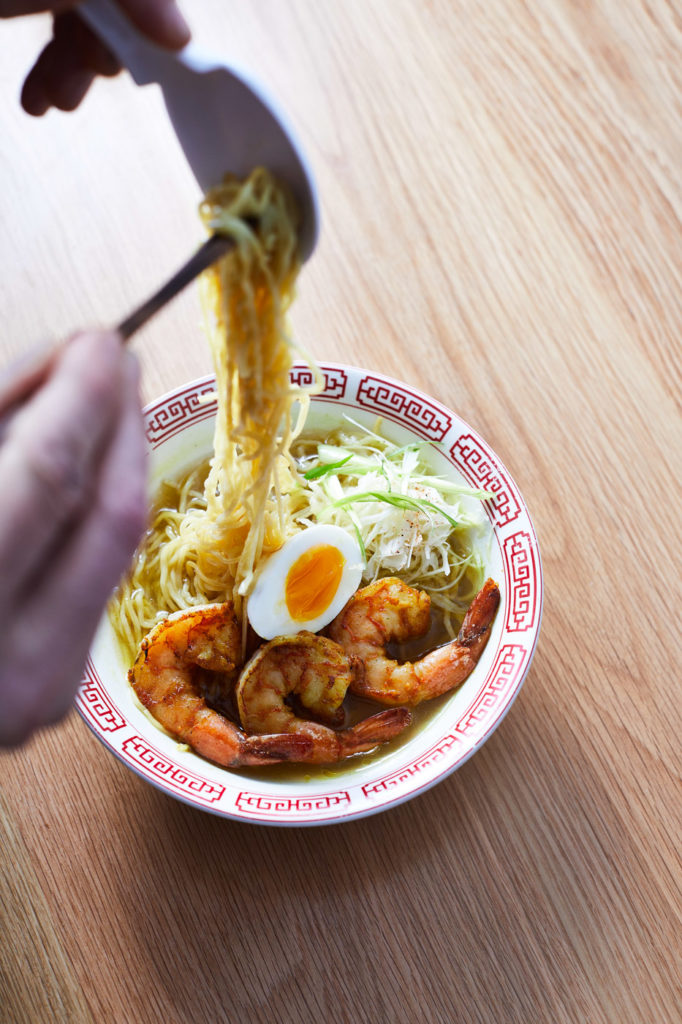
A native of Columbia, Tennessee, Gavigan spent more than twenty years in Los Angeles as an agent in film and music. But a culinary tune always served as a soundtrack to her time in the City of Angels. She still counts Jonathan Gold’s book, Counter Intelligence, as one of L.A.’s bibles for discovering the slew of ethnic eats one could uncover if they just were to look past the glitz and glam and into the smog. A few meals at Santouka, a Japanese chain just steps from her home in Venice, became her culinary epiphany, with ramen becoming her refuge. A journey to discover the heart and soul of ramen ensued.
Gavigan, along with her husband Brad and their daughter, then moved to Nashville in 2010. As L.A. creatives have uncovered, Nashville remains a city with a heartbeat, hospitable and considerate vibes abound, supporting a comfortable mode de vie. Gavigan and her husband found all of these things in their community, with the exception of ramen.
I find most entrepreneurs go about creation out of a necessity—one that usually is not financially at the forefront. You could say Gavigan followed that path via a trial by fire, literally and physically. She set out to make her own ramen out of an innate desire to fill a void, with little to no desire to actually capitalize on the concept.
Personally, I can tell you that there is bone broth, and there is ramen broth.
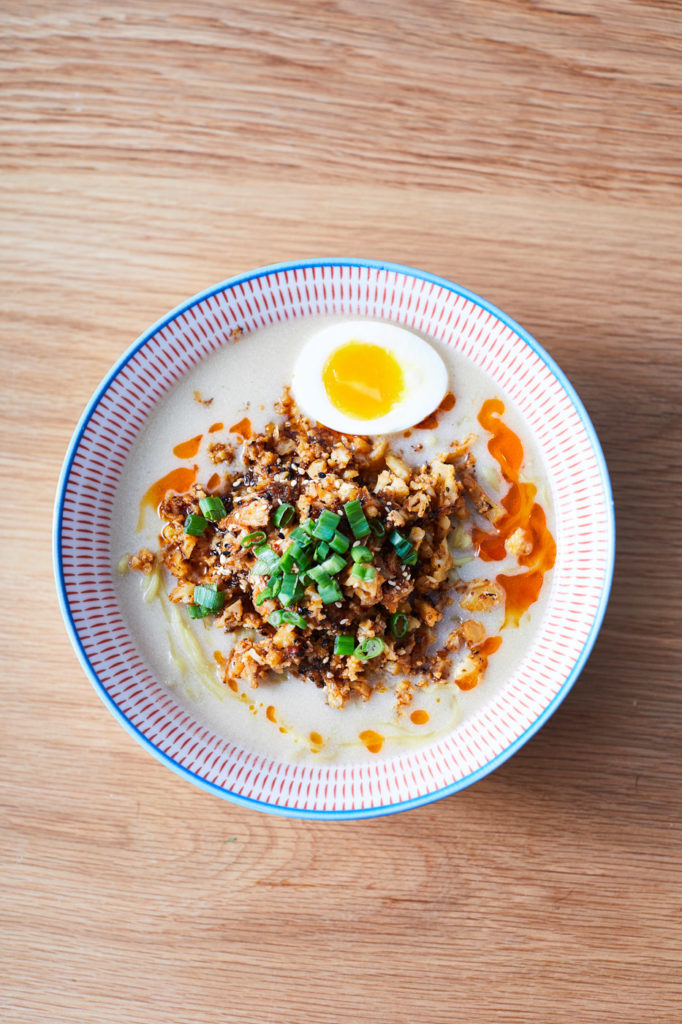
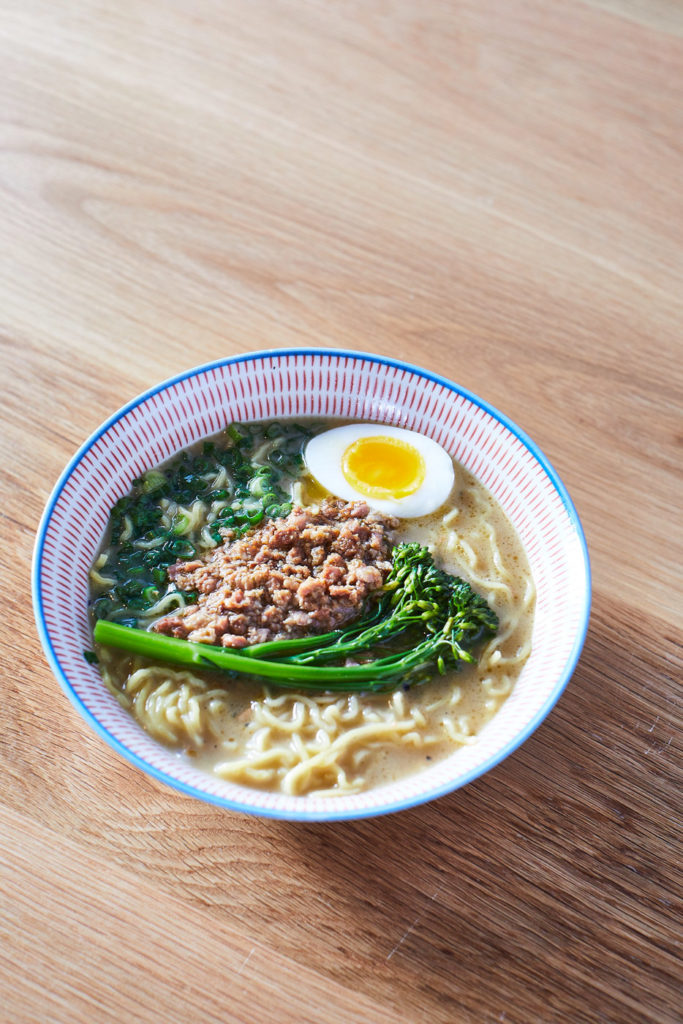
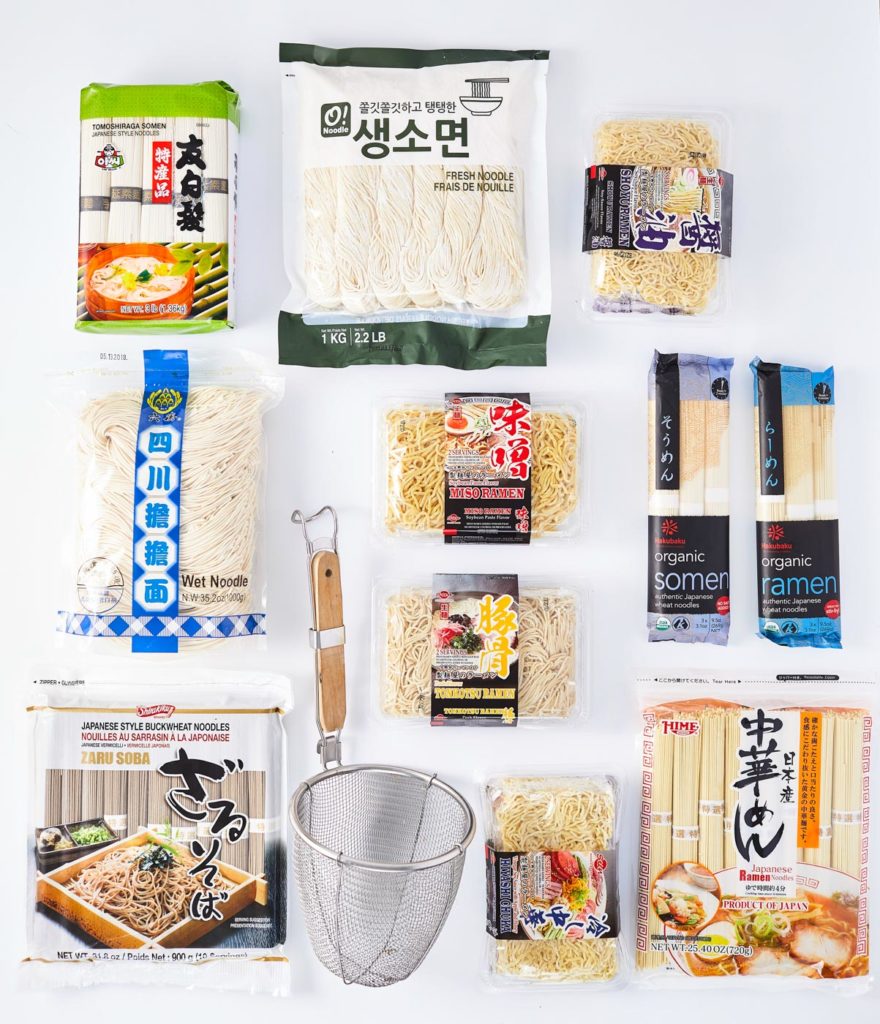
When my wife was diagnosed with a life changing disease, achalasia, she was forced to pursue a liquid diet for weeks pre- and post-surgery. The South has always been known for its hospitality, but Gavigan and Brad went above and beyond—no canned soup casseroles. Instead, they provided quarts of ramen broth that sustained and comforted my wife during this difficult time.
But creating such a broth is no simple feat. Unlike a traditional French broth made of roasted bone and parts, mirepoix, a bouquet garni, and a few hours over the stovetop of constant skimming of foam and fat, a ramen broth is made up of nearly double the amount of bones to water when compared to its French predecessor.
In the discovery process, Gavigan would burn sixty-quart pots over turkey fryers, made up of fifty pounds of pork bones from local butcher Porter Road to simmer and stew the night away. The results, she tells me, turned out less than appetizing. “Wet dirty socks, that’s what it smelled like,” she remembers. But she learned to burn low and slow in her own merit. While the ramen community remains tight-lipped, Gavigan was able to parlay her passion and personal experience into networking (a product of her agenting career). Her results paid off as she gleaned knowledge from the masters, further honing her craft. She—and her ramen—were ready.
In 2012, Gavigan announced that she would host a ramen “pop-up.” One early fall evening, 150 folks gathered into 12 South Taproom to taste what all this ramen fuss was about. I like to think we got more than we bargained for that night. A flavorful broth rich in umami was set off by perfectly bite-tender noodles, topped with a soft-boiled egg, pork and other accoutrements, some Southern in flair like fresh green collards. This whole ramen thing might have been known in America through the back alleys of L.A. and New York City, but it was welcomed with a chorus of oohs and aahs in Southern drawl. This ramen was here to stay.
Fast forward seven years, and Gavigan and I are catching up over the whole journey at one of her permanent fixtures, Otaku Ramen, just outside of the Gulch neighborhood. We delve into tall-boy draft Sapporos. I order up a pork laden TN Tonkatsu, Gavigan opting for the salt-and-chicken-based Shio ramen. Fortunately, she asks the server to get us a few hot chicken buns, stat.
Then, my bowl of Tonkatsu arrives. I’ve learned from Gavigan it’s respectful to take it all in, taking a deep breath in the steam that rises from the bowl. The alkaline-based noodles are cooked just to the right temperature, quick to dissipate in the hot broth if not consumed in time. Gavigan tells me slurping helps to adhere the broth to the noodles into one nice even bite.
Her second concept, Little Octopus, was as she says, “the supermodel that no-one wanted to date.” The clean-eats vibe, fresh California inspired eatery opened up in Nashville’s Gulch neighborhood with swagger that would make even Patrick Bateman blush. But business is fickle, and perhaps this particular audience just wasn’t ready. Instead of just closing shop, Gavigan and her partner/husband Brad shifted their focus closer to home with an homage to the traditional Izakaya. It’s been a hit.
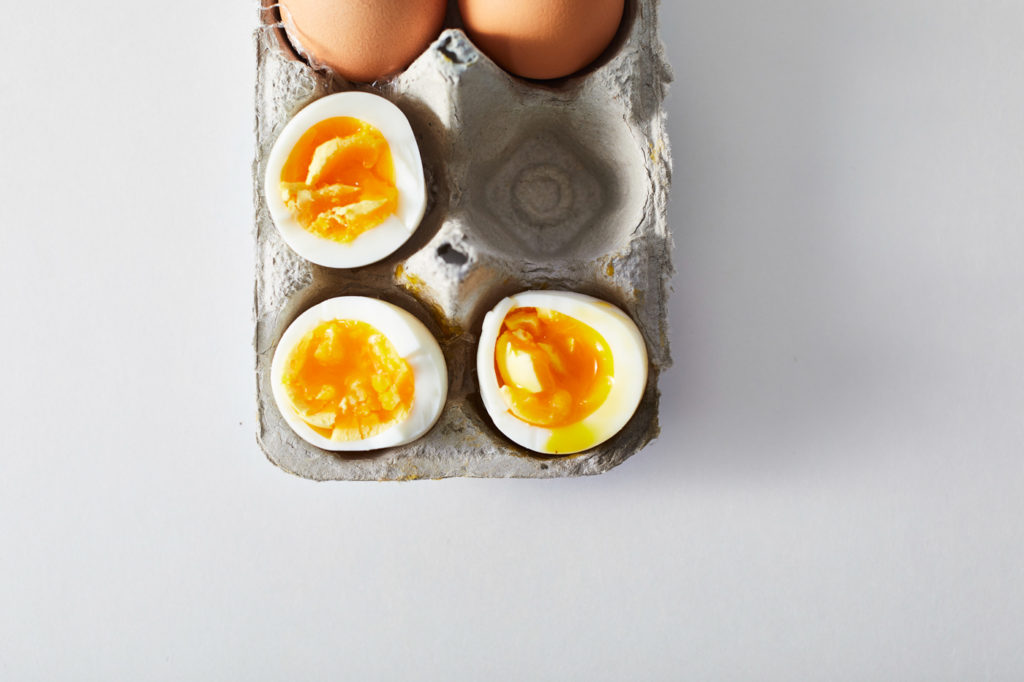

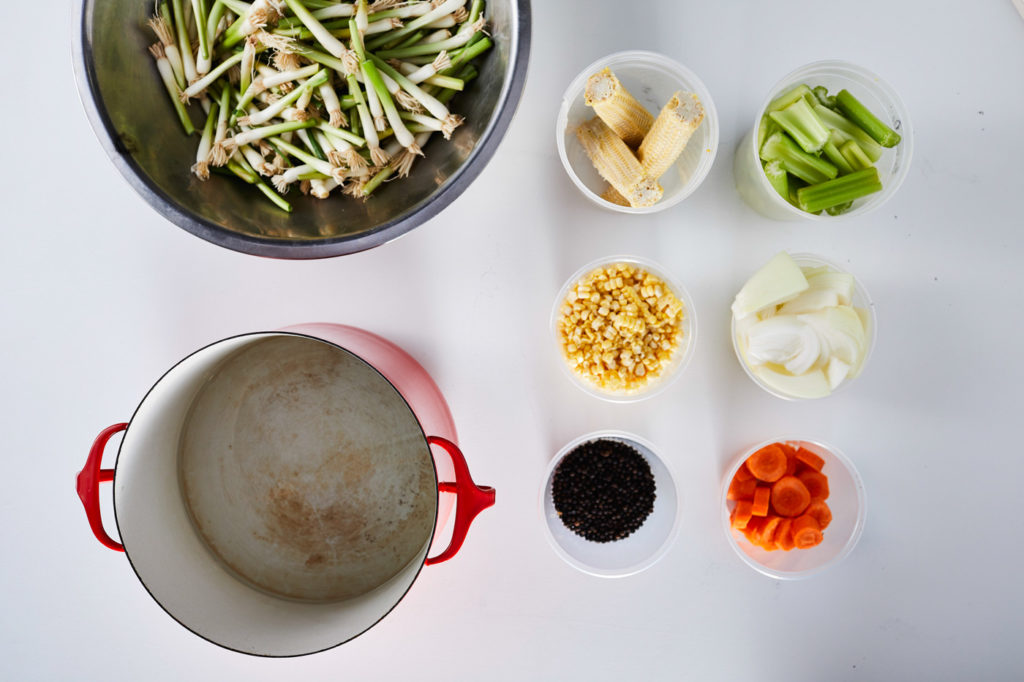
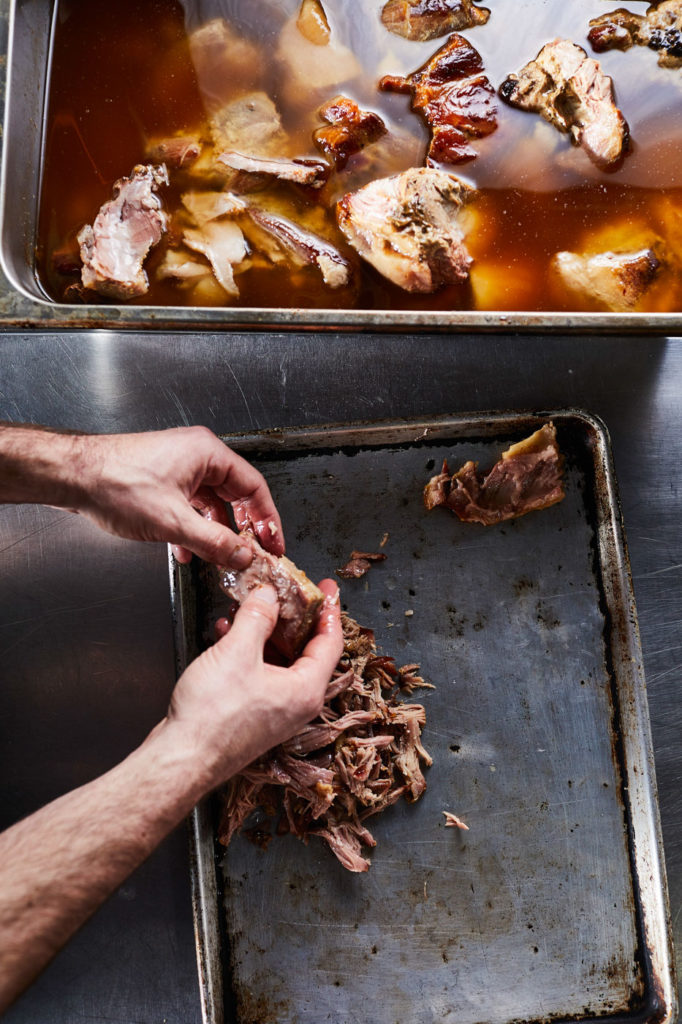
While the mysticism and complexity of ramen might deter most home cooks, Gavigan is on a mission—as she always is—to make ramen as accessible as any other food. Her shortcut? The pressure cooker. In her cookbook, Ramen Otaku, Gavigan gives up many of ramen’s closely held secrets, progressing them by her belief that a bit of old school technology can make the cuisine even more accessible for the home cook. “Disclosing this method certainly will get me voted off the island,” says Gavigan when it comes to her shortcut pressure cooker method.
It’s said that the best things in life are shared. Open up your shores and your borders, foster community. And by damn, eat more ramen.
Ramen Otaku: Mastering Ramen at Home can be purchased where cookbooks are sold or on Amazon.
Recipe
CHINTAN (清湯) “clear soup”
For a 10-quart or larger pot
Makes about 6 cups
Ingredients:
- 1 5-6 pound chicken
- 2 chicken wings
- 2 chicken legs (skin on)
- 2 pounds chicken feet
- 2 cups thinly sliced ginger, skin on
- 1 12-by-12” piece of konbu
- 8 cups of water (or 2:1 water to bones ratio using weight)
While your favorite bowls might always be found at your local haunt, Gavigan is on a mission to prove that good ramen can also be attained at home. Take for example her pressure cooker method, when applied to making some of the basic broths used as a base for ramen. While Gavigan is always keen to provide a traditional stovetop method, her shortcut pressure cooker technique takes away any excuses for not having the time or energy to give this a try. While this recipe produces a beautiful stock—one that can be frozen and used in many ways like any other stock—you’ll want to pick up a copy of her book to further enhance this stock with tares, toppings and other recipes to turn out your perfect bowl.
Method:
Blanch the chicken feet. Arrange the feet in a large, heavy-bottomed stock pot and add enough cool water to just cover the feet. Bring to a boil over high heat on the stovetop. As soon as the water reaches a boil, remove from heat and dump out the water. Take those feet and place them in the bottom of the cooking vessel to cool in the fridge. This will allow the feet to congeal together and form what will become your “raft.” Blanching the chicken feet before adding them to the stock both cleans them activates the collagen they contain.
Cut the chicken into quarters. With the tip of a sharp knife, cut the wings off and set in the pot. Cut the breast meat off by guiding your knife along both sides of the cartilage at the end of the breastbone, reserving the breast meat for another use. Turn the chicken skin side up. Cut lengthwise down the center of the chicken to split it into halves. Cut through the skin separating the thighs.
Use organic hens if possible as they are more plump and have more delicious fat. Chicken feet can be procured at many butchers and Asian groceries.
You can have your butcher quarter your chicken for you, but be sure they gives you the whole bird—you want to the spine and skin as well as they add flavor and collagen to the broth. Finally, don’t be afraid of blood—it helps clarify the stock and makes it sweet. If you see it in the bones or carcass, it’s okay!
Tightly pack the chicken parts, including skin and bones, in the pot—the goal here is for the bone to remain relatively still while they cook, not roll around. Arrange the blanched feet in a tight formation on top of the chicken. Now, if you have the space in your fridge, place whole pot with bones for 1 hour in the fridge. Why? To let those chicken feet jell together and form the next raft on top of the bones. Remove the pot from the fridge, fill with just enough water to cover—the ideal ratio is about 2:1 water to bones; you don’t want to drown them. If you want to be really exact about the water-to-bones ratio, get your scale out and use the above ratio.
Stovetop Method
You do have to keep an eye on this stock to ensure that your heat isn’t too high and the water doesn’t evaporate too quickly. Your goal is a slow, steady simmer that will yield a rich, clean stock. Timing-wise, you will ideally start the chintan in the morning so you can have time to do paitan (recipe in book) on the same day, but you can hold the bones overnight in the fridge and start the paitan the following day if necessary.
Use a large (8-12 quart) stock pot with a heavy bottom if possible—the taller and skinnier it is, the better, which limits the broth’s exposure to air and helps create a delicious fat seal on top (see below for more detail).
Turn the stovetop on high and quickly bring the broth to a boil. As soon as you hit a boil, turn the heat down to a low simmer—use a thermometer to measure 200°F, as the chicken can burn easily. A filmy brown foam will begin to rise to the top at this point—ignore it. Don’t skim the stock. Trust me, you want the foam. It has essential amino acids in it, plus it acts as a “raft” to help clarify the stock for the next 30 to 45 minutes. When you start to see a layer of the fat coming off the bones and the feet, you can cover the pot to keep oxygen out (oxygen will oxidize your stock, giving it an unappealing dingy color).
Continue simmering at this heat for 6 hours. No stirring, ever.
While the broth is cooking, pull out a large bowl or container (or several smaller bowls/containers) to chill the broth in, and clear space in your refrigerator.
When broth has reached a rich golden color and your entire house smells like incredible chicken soup, and when you carefully taste the broth for a “lick your lips of pure chicken” quality, or that it reads at a 5 or higher in the refractometer, it’s time to carefully strain the bones from the stock and set aside to make paitan (recipe in book). Pour the stock into the bowl you’re chilling it in, and add the ginger and konbu. Allow the ingredients to steep in the broth for about 40 minutes at room temperature, then strain out and discard. Cover the broth and chill in the refrigerator until totally solid and gelatinous, a minimum of 3 to 4 hours or overnight.
When the broth is totally chilled and a thick layer of fat has formed on the top, use a spoon to skim the fat off the top and reserve for making the infused chicken fats.
Chintan will last 1 week in the refrigerator or 2 months in the freezer.
Pressure Cooker Method
You ready for this? Set it and forget it.
Add the chicken feet into your pot, and place in the fridge for 1 hour. Next, grab your pot (vessel) from the fridge. Turn it upside down on the counter and give it a nudge to get the congealed feet off the bottom. Now add the chicken parts, then raft of feet on top, then carefully add water. Lock the top and set your cooker on high for 90 minutes. Your stock will get to just around 250°F and the high pressure will move the process along 3 fold from stovetop. Remember to allow the steam to release naturally, instead of forcing it (which will bring it to a rapid boil and disturb the clarity), and the top lock will release and you can open and behold your beautiful golden stock.
Carefully taste the broth for a “lick your lips of pure chicken” quality, or that it reads at a 5 or higher in the refractometer, it’s time to carefully strain the bones from the stock and set aside the cooked bones to make paitan (recipe in book). Pour the stock into the bowl you’re chilling it in, and add the ginger and konbu. Allow the ingredients to steep in the broth for about 40 minutes at room temperature, then strain out and discard. Cover the broth and chill in the refrigerator until totally solid and gelatinous, a minimum of 3 to 4 hours or overnight.
When the broth is totally chilled and a thick layer of fat has formed on the top, use a spoon to skim the fat off the top and reserve for making the infused chicken fats.
Chintan will last 1 week in the refrigerator or 2 months in the freezer.





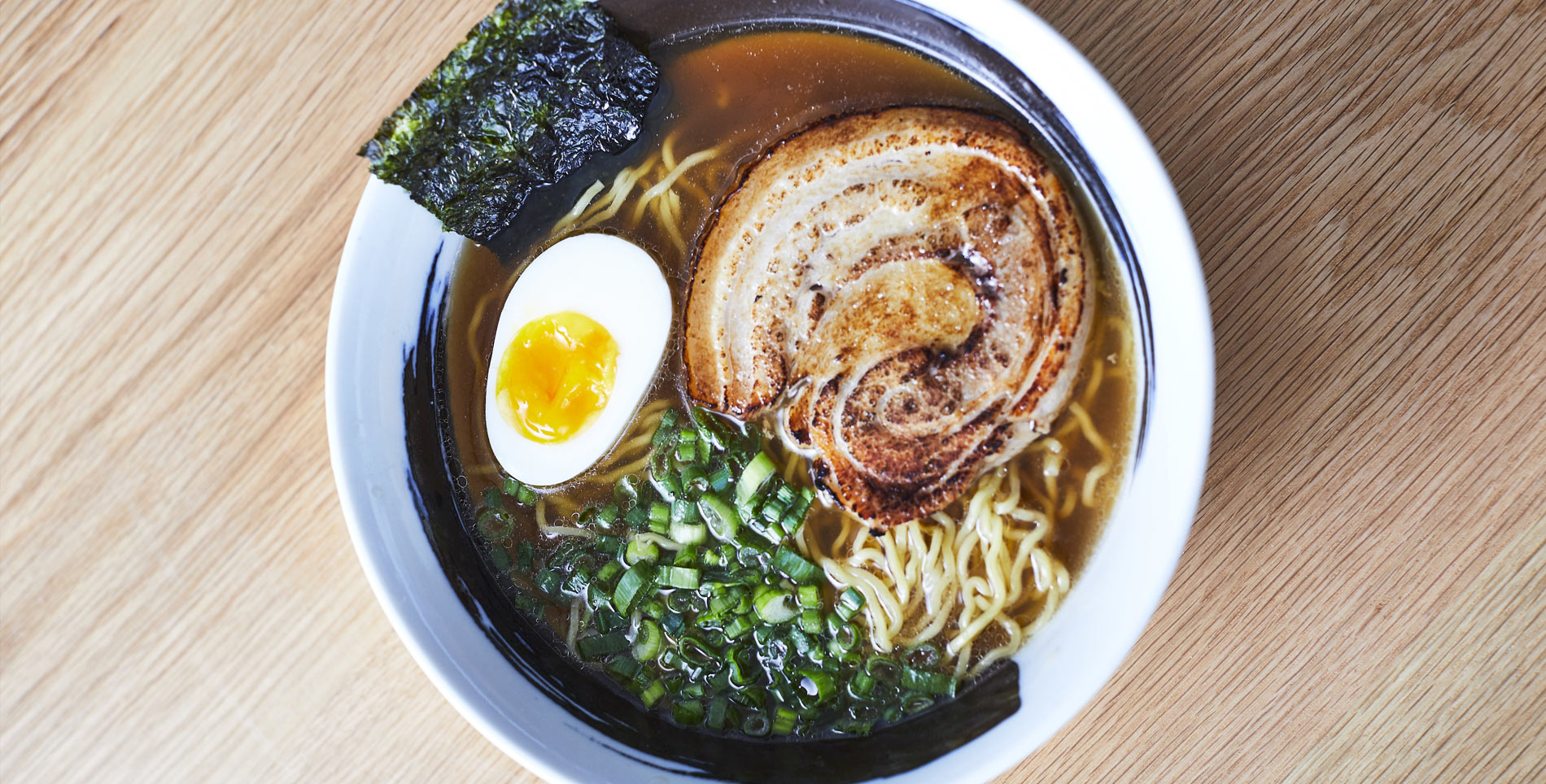

Our comments section is for members only.
Join today to gain exclusive access.